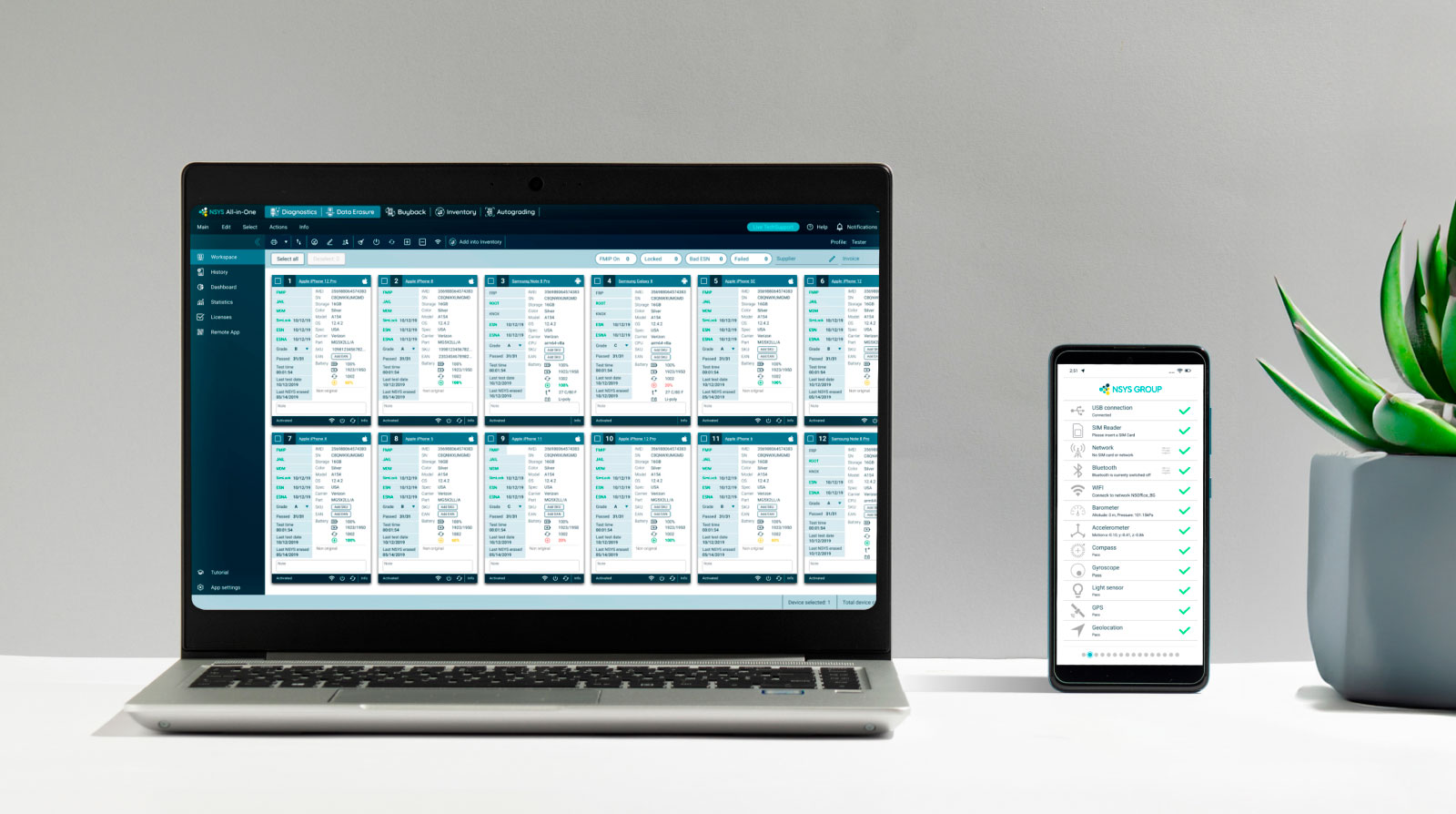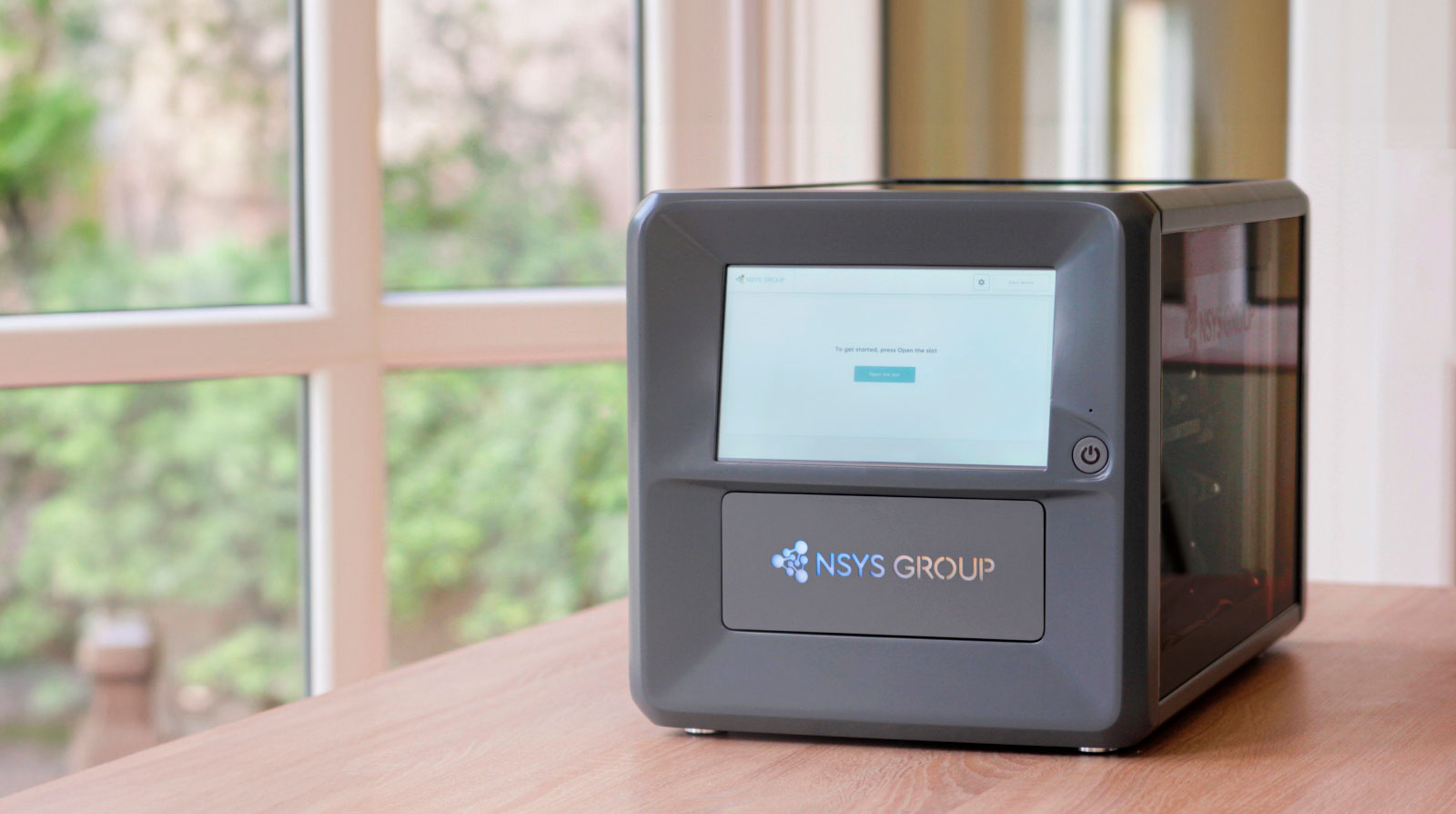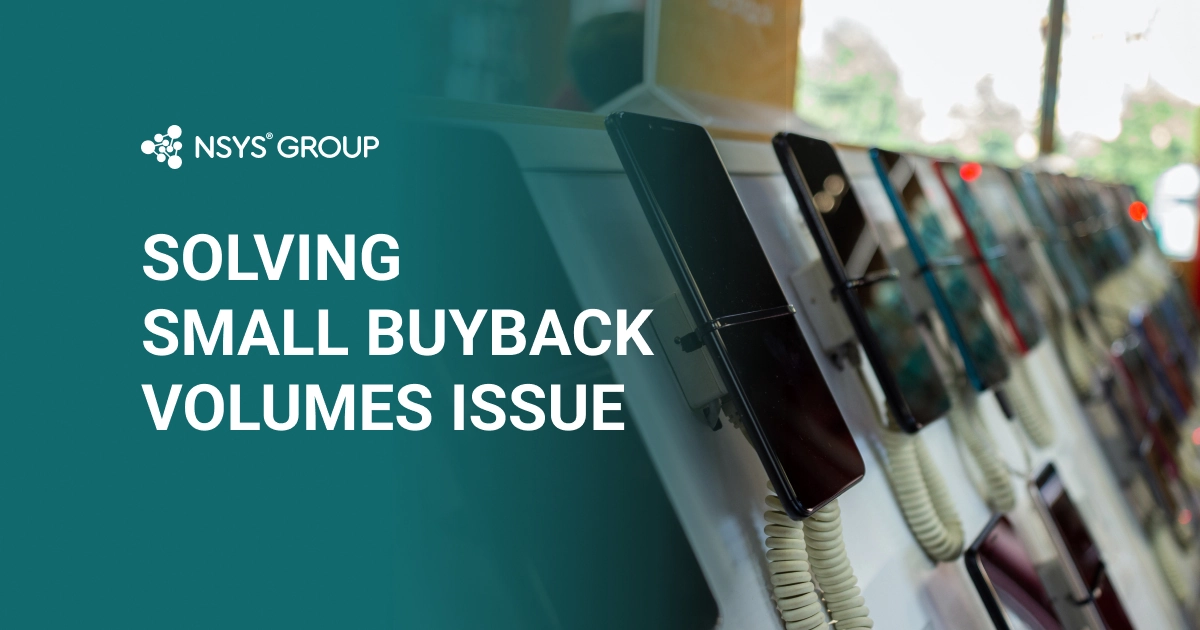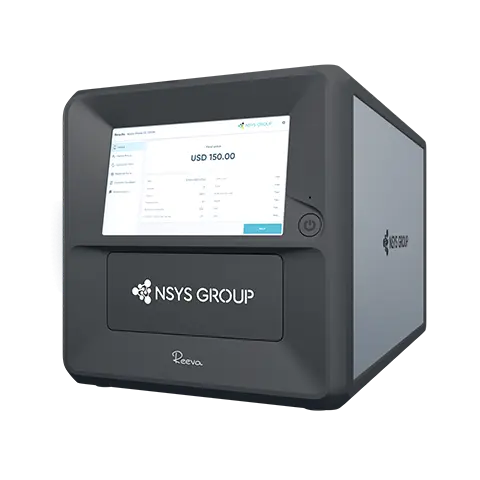In our previous blog post, we explored what might happen if you don't solve the problem of limited buyback volumes. If you haven't read it, you can find the article here.
Today, we will discuss the following challenge: finding a way to increase your device turnover. Let's compare the three options that you have.
Train Your Employees Better
Human errors and subjectivity are two factors that have a huge negative impact on the buyback process. If your employees regularly make mistakes in estimating the device, you lose money and customer trust.
So, educating employees about the testing and grading processes might be a good idea at first sight.
Pros of employee training
The main advantage of this approach is that you might increase the quality of testing to some extent. That will lower the return rate and help you increase the profits.
Besides, training can help you optimize your time usage, lowering the time spent processing each device.
Cons of employee training
However, this method has several drawbacks.
- Firstly, you need to spend resources—time and money—on people who might leave your company at any time, and you will need to train new people all over again.
- Secondly, more qualified people will ask for higher salaries. If you have a perfectly trained team of testers, you will need to pay them more and provide better working conditions such as advanced insurance, a more robust sales incentive program, etc.
- Moreover, training doesn't eliminate human errors. People will still make mistakes, and only the automation of the process can solve this problem.

Use Testing Software
Another option you have is software-assisted testing. This will automate the process and make it more predictable and transparent for your clients.
Pros of testing software
The most significant advantage of using testing software is consistency in the results. The accuracy of automated checks will benefit your overall performance.
Although most of the tests still require human interactions, processing the device will take less time than manual testing. However, this implies that your workers do their job conscientiously and don't waste time during the process.
Cons of testing software
Despite this method's multiple advantages, it still requires your employees' active involvement. Although the tests are automated, the tester needs to connect the device, take pictures so the software can grade it, etc. Keep in mind that you still have to train the workers and be prepared that their work time will be spent testing for the buyback program.
Moreover, the time needed to test, grade, and wipe the device will greatly depend on the worker and their ability to perform the testing quickly. The process will not be clear to the client, so customer trust in the buyback price may not be high.
One more factor that needs to be mentioned is fraud opportunities. Sure, software testing reduces the risks of buying a device in worse condition than expected. But the risks of being deceived by your workers still remain. For example, an employee can skip tests, give wrong answers in semi-automated tests, or grade the device wrong to make money.

Implement Testing Robot
Nowadays, a new cutting-edge technology is appearing on the market: the testing robot, which completely automates the testing process while eliminating human errors.
Pros of testing robot
The advantages of this solution are impressive! The testing robot will:
- Automate the testing, grading, and wiping.
- Leave no space for human errors and fraud.
- Reduce spending on employee training.
- Allow you to increase the buyback volume.
Cons of testing robot
Most of these solutions are still prototypes that can perform only cosmetic tests. Thus, additional testing—manual or software-assisted—is required. You can't use these solutions without human supervision, as the results will be inaccurate.
However, there is a testing robot that can check both the cosmetic and functional condition of the device! Meet Reeva from NSYS Group, the most efficient smartphone check machine. It has been implemented in numerous businesses in different countries and has proven effective.
Reeva fully automates the process and doesn't require any training. The robot completely eliminates human errors, making the results independent and trustworthy. That hugely benefits customer satisfaction with the price and the process.
Moreover, Reeva processes the device in just 4 minutes! Your client can quickly evaluate the device without any help from your employees, get the price proven by the testing results, and decide to sell it in less than five minutes. Amazing, isn't it?
The best part of implementing the robot into your workflow is processing volumes. One technician with one robo-line can test, grade, and wipe up to 70 devices per hour!
Now, the testing robot is the best option for your buyback business. Try Reeva to experience it firsthand!








